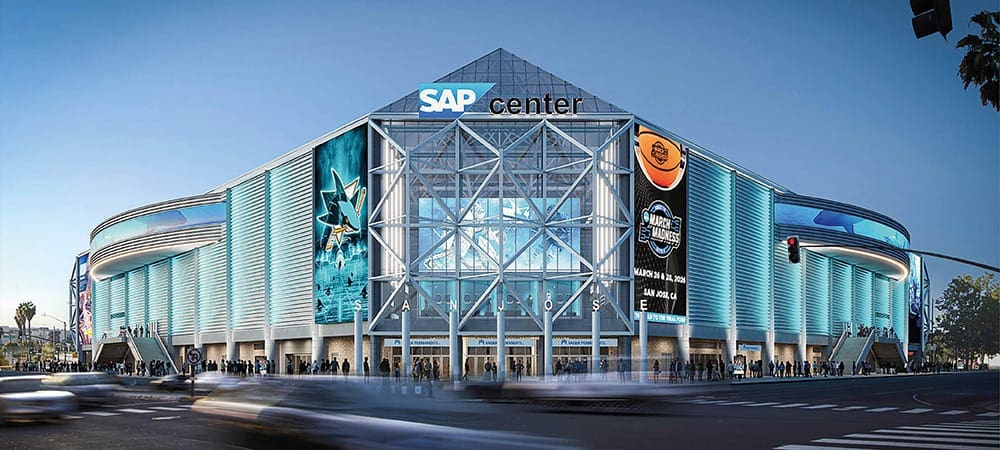Save time, save money, become agile

This makes corporate IT as a whole much more agile and, in addition to the transformation to SAP S/4 Hana and SAP C/4, can support important business scenarios and massively reduce the associated effort.
Buying and selling companies and business units is now part of managers' agile toolbox. But what is already a challenge at the level of contracts and processes is a real problem for IT. After all, it inherits the IT landscape of the acquired companies or parts of companies and has to integrate it. And it must ensure that, in the event of a sale or spin-off, the intellectual property is preserved and the buyer can work with the transferred information.
In the case of mergers and acquisitions, it is necessary to decide which applications should be taken over by the purchased company, for example because they have advantages over the company's own, and which are no longer needed. Directly related to this is the question of which data and documents the buyer should migrate into the buyer's live systems.
Challenges: Legacy systems
The continued operation of legacy systems in companies is a major reason why, as a rule, 80 percent of the entire IT budget is spent on operations alone. In addition, there are compliance and security risks if the systems taken over can no longer be reliably maintained or security patches can no longer be applied or can only be applied very irregularly. And with many legacy systems, retrofitting to meet the deletion requirements of the EU GDPR, for example, is no longer technically possible or can only be implemented at great expense. So from the buyer's point of view, this issue is primarily about taking over only the data that is actually relevant to operations and storing the historical information in a separate, legally secure environment so that the legacy systems can be shut down. However, the buyer's interest goes even further and, in the case of spin-offs, even coincides with the interest of the former parent company, for example, if it is pursuing the goal of taking a line of business public as an independent company. The new company has two fundamental interests: Freedom of choice in the future ERP system and minimization of the operational data stock to be transformed. Forced investments in oversized systems and projects can severely hamper the start-up.
Data Governance
The different interests of buyer and seller can be summarized under the term "governance" and reconciled with the help of JiVS IMP. In order to hand over all the relevant data and documents to the buyer, immense databases with different structures have to be searched through in some cases and then selected in a meaningful way. These enormous volumes of data and different data formats are typical of SAP landscapes that have grown up over time. ERP systems with a database accumulated over 20 or more years in more than 80,000 tables, which have undergone three migrations and therefore have correspondingly different structures, are not uncommon. The selection and filtering of the relevant data and documents is correspondingly complex with the usual methods.
Not all information relevant for a sale is in the online database of the SAP system. Many SAP inventory customers have created archives, so-called ADK files. However, no selection can be made in these at the level of the individual data record or document. But they most likely contain information that, according to the contract, belongs to the buyer. In order for the buyer to access this information, he must be given access to these archives. This leads to extensive Transitional Service Agreements (TSAs), which regulate secrecy and technical security issues down to the smallest detail. The time horizon of these agreements can extend to decades. Since the contents of ADK archives can only be read via the associated SAP application, the regulations on external access by the purchaser must also refer to the application level.
The TSA issue can also complicate upcoming transformation projects to SAP S/4. This is because, from the buyer's point of view, access to the ADK archives must be guaranteed even after the transformation. In such a scenario, the only thing left for the seller to do is to dissolve the affected ADK archives, transform the data and documents they contain, and filter out the part that concerns the buyer in order to hand it over. With classical approaches, this is time-consuming and expensive. With the help of the Turbo Extractor (see text box, page 48) and the functionalities of the JiVS IMP platform, on the other hand, this is much easier, faster and cheaper.
ERP and more: PLM, CRM, CAD
If we consider that this situation is generally not limited to the SAP world, but also affects other systems such as PLM or CAD solutions or other ERP systems, it becomes clear that one and the same fundamental problem lies behind all these practical challenges: that of binding historical information to its original systems. JiVS IMP, on the other hand, consistently separates the levels of systems and information from each other and helps to overcome the above-mentioned challenges far more easily and quickly than before.
The consolidation of SAP system landscapes is not a purely technical project. Rather, the companies associate it with business and strategic goals: Centralization is intended to reduce complexity, lower the corresponding maintenance, administration and cost expenditure, and accelerate innovations. For example, the consolidation of globally distributed SAP landscapes offers the possibility of implementing changes and further developments more quickly and making them available globally. However, these goals can only be achieved if the legacy systems are decommissioned.
At the same time, the decommissioning of the legacy systems associated with consolidation offers the possibility of permanently relieving the central SAP system then in charge of data and documents that are no longer processed in operations. The extent of this reduction potential can be determined largely automatically with the help of JiVS IMP. The platform therefore allows not only the decommissioning of the legacy systems, but also the continuous rightsizing of the target systems.
Optimization of data quality
Data center consolidation projects start with a comprehensive inventory and analysis of the application and system landscape. Which of these can really be moved to the central location without major changes? Are there local regulations and laws that prohibit the move because the data belonging to certain transactions or persons, such as from financial accounting or human resources, must not cross national borders?
All these considerations jeopardize the actual goal of consolidation, centralization, and threaten to make even the partial move very complex and thus time-consuming and costly. After all, many sites cannot be decommissioned until a solution is found for legacy data and documents. However, if the information from the legacy systems and applications is transferred to JiVS IMP, stored there in a legally secure manner and managed, the locations can be dissolved and consolidated.
One customer, many data records, and different ones at that, so companies assume different customers instead of one and the same. Even with evaluations, they can't determine a relationship between the data records. Hand on heart: Which existing SAP customer is completely unaware of this situation? There are many reasons for this, ranging from different or incorrect notations, divergent data structures in different systems, to changed or new business objects that, as in S/4 Hana, merge the previously separate objects of customer and supplier into the new business object of business partner.
However, analyzing data in detail is precisely the prerequisite for optimized digital processes, new digital products and services. But if you don't have a correct overview of a customer's purchase history, for example, you won't be able to address them with the right offers and the right degree of personalization. In short, the foundation for digital business models is missing.
Conclusion
With JiVS IMP, existing SAP customers can analyze their data and its quality at the push of a button and, for example, correct it by means of duplicate cleansing or optimize it by enriching it from other, business-relevant sources. The seamless integration of historical information from SAP and third-party systems into the new S/4 world creates a true 360-degree view of data and all business objects.






